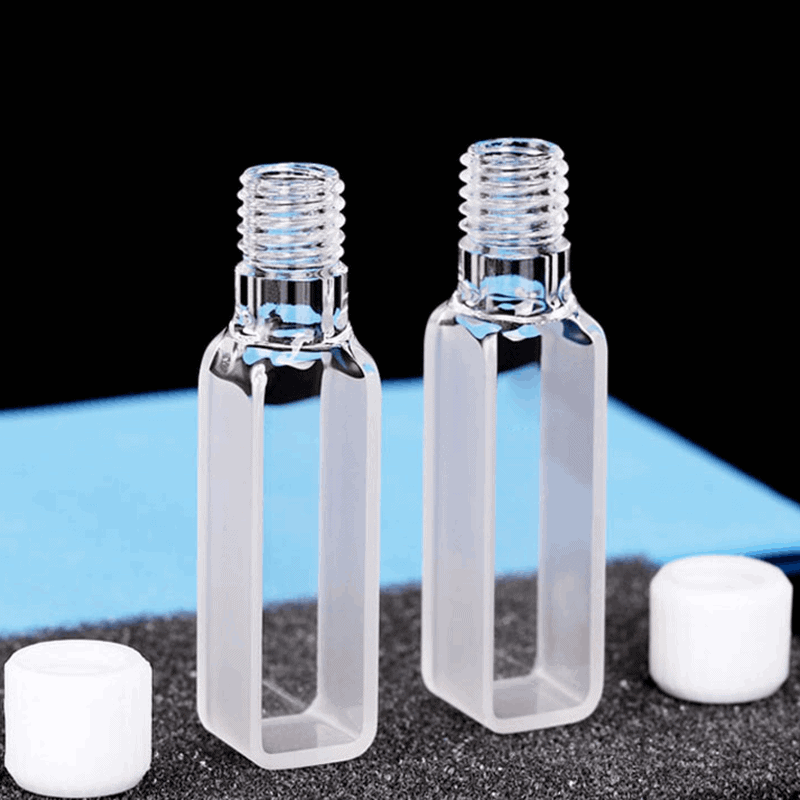Why Cuvettes Are Needed for Precise Sizes in Labs
Why Cuvettes Are Needed for Precise Sizes in Labs
Blog Article

The Great things about Cuvettes and Quartz Vials in Clinical Research
In medical research, the reliability and stability of dimensions are paramount, particularly in areas like spectroscopy, compound analysis, and biology. One critical ingredient that guarantees accuracy in these reports is the cuvette, specially cuvette size. Understanding the benefits of cuvettes and the features of using quartz vials may considerably impact the end result of studies and laboratory work.
Detail in Spectroscopy
Cuvettes are crucial for keeping water samples in several logical tools, such as spectrophotometers. They measure the absorbance or transmission of gentle through an example, and the cuvette provides as the pot for the taste throughout analysis. The size and product of the cuvette play a crucial role in ensuring the reliability of the measurements. Quartz vials, especially, offer exemplary optical understanding, enabling accurate gentle transmission across a wide selection of wavelengths, including ultraviolet (UV) light. This makes quartz vials an excellent selection for spectroscopic studies, where precision is critical.
Toughness and Compound Weight
Quartz vials stick out for his or her durability and resistance to severe chemicals. Unlike plastic cuvettes, quartz vials are less likely to degrade or react with substances in the test, ensuring that the outcome of the experiment remain unaffected by possible contamination. This characteristic makes quartz vials especially of good use in situations wherever hostile solvents or high conditions are involved. Their power to endure intense conditions without diminishing the strength of the test is one of many major reasons they're favored in many lab applications.
Reliability in Size and Shape
How big is a cuvette is not really a one-size-fits-all situation. The dimension of the cuvette, such as for instance its path length, impacts the amount of the sample and the amount of mild that moves through. Picking the right cuvette size for the specific experiment assures that the answers are not manipulated because of under or over-concentration of the sample. Quartz vials come in a number of shapes and patterns, letting experts to select probably the most suitable option on the basis of the demands of the experiment. This mobility plays a part in more correct knowledge and allows for greater control over experimental conditions.
Transparency and Light Indication
Quartz is noted for its exceptional visibility, particularly in the ultraviolet (UV) and apparent gentle spectra. That makes quartz vials ideal for use in devices that want apparent optical routes, such as for instance UV-Vis spectrophotometers. The remarkable gentle indication houses of quartz make certain that the light passes through the test with small dropping or assimilation, leading to more precise readings. For tests that need large precision, quartz vials provide a definite advantage over other materials.
Long-Term Consistency
When working in research laboratories, it is crucial to have reliable tools that keep their integrity around time. Quartz vials aren't just chemically tolerant but additionally extremely durable, indicating they are less inclined to knowledge wear and tear. That long-term consistency guarantees that researchers may use quartz vials for extended times without worrying about destruction or the necessity for repeated alternatives, contributing to cost-effectiveness in the long run.
In summary, both cuvettes and quartz vials present a selection of benefits that enhance the quality and precision of laboratory experiments. From their superior optical understanding to their chemical weight and durability, these instruments are fundamental in scientific research. By choosing the best cuvette measurement and utilizing quartz vials, scientists may assure precise dimensions and achieve more reliable results within their studies. Report this page